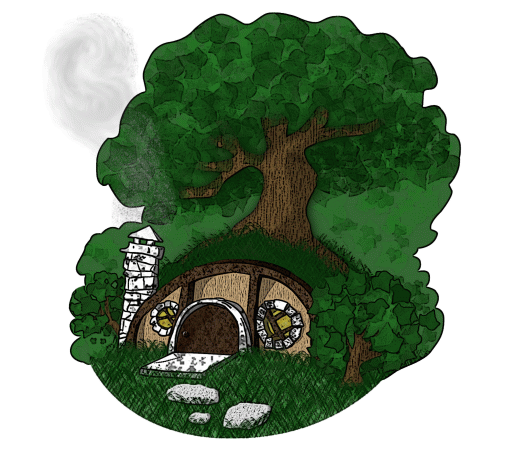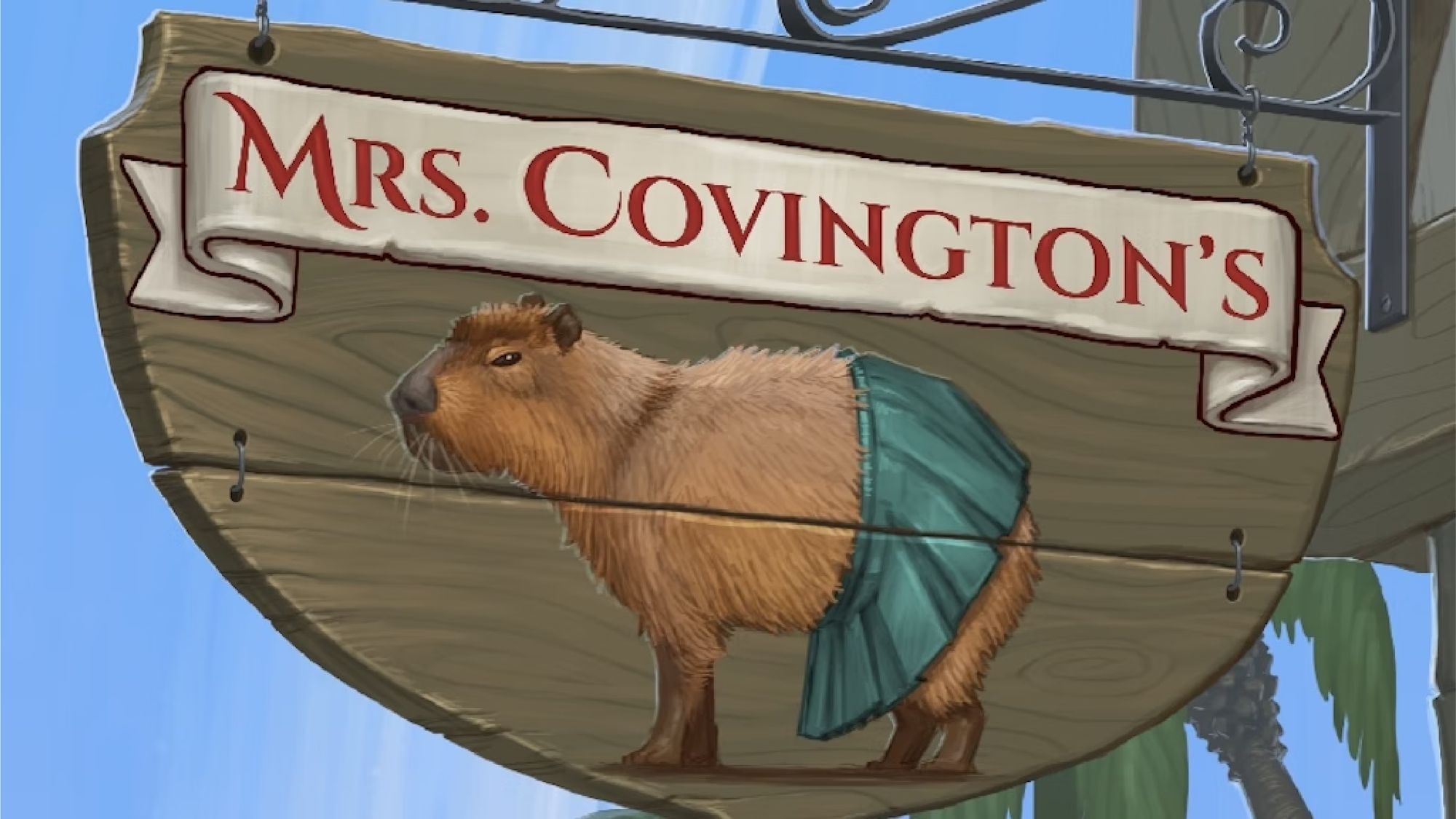Problem: It’s cold outside and the world is often harsh and cruel.
Solution: Get all snug and warm at home and immerse yourself in a cozy book!
Cozy books are having a bit of a resurgence at the moment, and it couldn’t be better timing. With political turmoil at a fever pitch and a pandemic not quite in our rearview mirror, the last several years have been trying, to say the least. To make things worse, empathy seems to be fighting a losing battle against fear, anger, and division. Are cozy books the answer to all of this? Probably not. But a little escapism into empathetic worlds from time to time definitely couldn’t hurt.
Most people have probably heard of the ‘cozy genre’ by way of cozy mysteries. Cozies, as they call them, have been around ever since Agatha Christie first created the character Miss Marple. Since then, the genre has expanded into countless book series and TV shows. The most recognizable cozy mystery is probably Murder, She Wrote. Who didn’t love Angela Lansbury’s portrayal of Jessica Fletcher as she solved countless murders in and around Cabot Cove (which, if real, would have been the murder capital of the world)? Nowadays, there are myriad options to satisfy your cozy mystery tastes. But I’m writing today to talk about a different genre: cozy fantasy.
So what exactly is Cozy Fantasy?
An exact definition is hard to pin down. One common answer is that they’re fantasy books with low stakes — which is often true, but not always the case. Another answer might be that they are books with an absence of violence. Again, probably true a lot of the time, but examples could be found wherein an otherwise cozy book has moments of violence. I’ve heard it described as nice people doing nice things, and I like that a lot. Other answers might include happy endings, slice-of-life stories, an emphasis on kindness and character growth, or, my all-time favorite, something that just makes you feel good.

The Shire may well be the birthplace of cozy fantasy: an idyllic, bucolic slice of heaven on Middle Earth. Tucked away on a hillside in the Shire seems like a very cozy place to be. In fact, the opening of The Hobbit is sort of an ode to coziness:
In a hole in the ground there lived a hobbit. Not a nasty, dirty, wet hole, filled with the ends of worms and an oozy smell, nor yet a dry, bare, sandy hole with nothing in it to sit down on or to eat: it was a hobbit-hole and that meant comfort.
In The Fellowship of the Ring, when Bilbo speaks of Frodo leaving the Shire, he says:
He would come with me, of course, if I asked him… But he does not really want to, yet. I want to see the wild country again before I die, and the Mountains; but he is still in love with the Shire, with woods and fields and little rivers.
Many who have read such things, particularly as children, remain in love with the Shire, too. The comfort of woods and fields and little rivers, of hobbit-holes and birthday parties, is definitely something that has stuck with me.
Since then, we’ve had several other forays into cozy fantasy, but not an overwhelming amount. Some books I’ve heard mentioned, which contain at least an element of coziness, are:
- The Redwall series by Brian Jacques
- Howl’s Moving Castle (and others) by Diana Wynne Jones
- Stardust by Neil Gaiman
- The Bear and the Nightingale by Katherine Arden
- The Goblin Emperor by Katherine Addison
- The Last Unicorn by Peter S. Beagle
- The Princess Bride by William Goldman
- The House in the Cerulean Sea by T.J. Klune
- Miss Percy’s Pocket Guide to the Care and Feeding of British Dragons by Quenby Olson
This is by no means an exhaustive record. Some of you are probably yelling at the page (or screen) about omissions or inclusions that should appear on this tiny list. Of course, there is the wonderful Discworld series of books by Sir Terry Pratchett, which are arguably cozy in many places throughout all forty-one publications, especially in The Wee Free Men, or the Witches run. Then there is Legends and Lattes by Travis Baldree (from Eastern Washington!), which has taken the fantasy world by coffee-and-baked-goods-scented storm and pushed cozy fantasy to the forefront. He didn’t invent cozy fantasy, but at this moment, he is undeniably its biggest name. (On a personal note, I got a chance to meet him at a book signing in Kennewick and can confirm that he and his wife are as lovely and kind as the characters in his book.)
But the thing that stirred a love for the genre in me wasn’t actually a book, but a Studio Ghibli movie. The first time I saw My Neighbor Totoro with my kids, I was blown away. The film is light on plot (in a good way), but is RICH with cozy vibes. I want to live in that world forever! It’s so wholesome and wonderful and comfortable (leaving out the Totoro-is-the-god-of-death fan theory, of course). Sometimes all you need are vibes, and these vibes really spoke to me.
Why Cozy Fantasy?
Some find that the genre is devoid of meaning, and that fantasy is better used as a way to address injustice, inequality, and trauma. There is no doubt about the power of fiction to do such things, and fantasy is a potent means of expression for people seeking positive change in our world. But I would argue that cozy fantasy has a place in all of this, too. By subverting the expectations that, at their core, most people are unkind and only out for themselves, cozy books can help break down the fundamental reason behind a lot of injustice — a lack of empathy. Cozy books have empathy (and kindness, and friendship, and equality) in abundance. Most of the time, these things are not portrayed as unusual, but rather just the way the characters carry on.
Immersion into an empathetic world can hardly be considered a bad thing, can it? That’s not to say that cozy fantasy is naïve. Of course, there are assholes and bigots and an unfortunate amount of other bad shit in the world. I would never advocate for someone to bury their head in the sand. But escape from such things and momentary respites in which we can imagine a world without them are important, seemingly now more than ever (in my lifetime, anyway). Ursula K. Le Guin has a quote about writing that I think is appropriate to the conversation. She says:
Are we writers only to threaten, terrify, and depress our readers with our ruthless honesty: have we not as good a right to offer them whatever comfort we've come by honestly?
I think of cozy fantasy as a realm of wonder and hope. A sense of wonder allows one to “be curious, not judgmental,” as said by Ted Lasso… or Walt Whitman… or some wise person, anyway. And a sense of hope is essential for anyone trying to enact real change in the world. Without these things, we’re lost. So basically, cozy fantasy is the answer to life, the universe, and everything (or is it 42?).

Warning: Shameless Self-Promo Ahead. I have just launched a Kickstarter! My project is a cozy fantasy novel called Mrs. Covington’s. It’s set in a capybara-themed pub, and includes a capybara heist, a clue-based treasure hunt, found family, kindness, empathy, and nachos. If you’re intrigued at all, you can check it out here.
Anyway… I hope you give cozy fantasy a try if you haven’t already. It’s a genre that, in my estimation, is about to explode. Come join us in this friendly, comfortable, inclusive, empathetic, warm, and cozy world!
K.R.R. (Kyle Robert Redundant) Lockhaven writes humorous fantasy with ever-increasing infusions of heart (and coziness). When not writing or raising kids, he works as a firefighter/paramedic. You can find him on Twitter @Kyles137 and Facebook @KRRLockhaven or at krrlockhaven.com.


